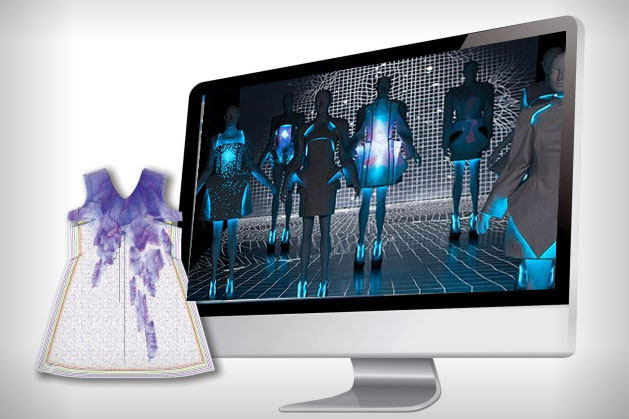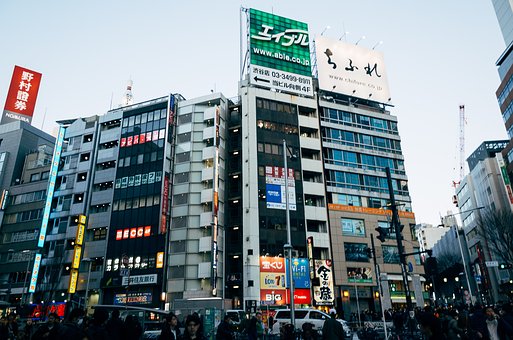How technology is shaping the future of fashion
It’s clear by now that we’re already living in the future. There’s no single part of our lives that isn’t affected by technology. The same can be said about almost every industry in the world, including the fashion industry.
If you thought that the fashion industry isn’t being changed by all the tech advancements, you thought wrong. Huge fashion brands are already finding clever ways to leverage new technologies. Everyday fashion brands use different types of software to operate their businesses. But that’s not all.
What you might not know are all the ways that technology is shaping the future of fashion. To help you discover how the future of fashion is being shaped by technology, here are some examples.
Technology is making fashion more sustainable
As one of the world’s largest industries, the fashion industry is also one of the largest contributors to pollution. Fashion production generates approximately 10% of global greenhouse gas emissions, in addition to other types of pollution such as textile waste.
But things are changing. With the rise of social media, consumers can now influence the fashion industry. And what’s in demand now, you may wonder? The answer is sustainability, transparency, and ethical practices.
Thankfully, technology is there to help the fashion industry satisfy consumer needs. With all the advancements, technology can now be implemented in almost every stage of production.
With the help of tech, we can track water and energy consumption, data analytics can be used in production and management, and artificial intelligence and 3D printing technology can be used in the design process. Additionally, made-to-order clothing manufacturers create minimal waste and can control overproduction and thus overconsumption.
Technology is helping develop novel, eco-friendly fabrics
However, that’s not all technology can do to help make fashion more sustainable. As you know, synthetic fabrics are some of the worst contributors to pollution since they are non-biodegradable. What you may not have been aware of is that to be made, synthetic fabrics require the use of hazardous chemicals.
But how to produce new clothing without synthetic fabrics? The answer lies in new fabrics and materials. Novel and eco-friendly fabrics and materials are essential to the future of the fashion industry. And a good example of such fabrics is lab-grown leather that is made without harming animals. In addition to that, we have innovations being made on super-strong spider silk.
But that’s not where the reach of technology ends. MIT researchers have created a 3D printer that can print 3D objects with photochromic inks. Of course, all this is still in development.
Artificial intelligence (AI) is helping brands recognize new trends faster
Trends in fashion change rapidly and keeping up with them can be a tough job. Human errors can affect the collection and analysis of data and, in that way, affect the whole production.
By implementing AI into the fashion production process, as well as into other aspects of the fashion business, brands can benefit immensely. AI can analyze more data than any human could and use that data to forecast future fashion trends. But that’s not all, with the help of AI tools you can keep track of your inventory and also manage your supply chain better.
Customer experiences are redefined thanks to augmented reality (AR)
We didn’t even notice when AR started taking over the world, including the fashion industry. Augmented reality can help you reshape your brand’s online customer experience.
Buying online means not being able to try on, touch, or feel the clothing. Until now, brands used photos, videos, and detailed product descriptions to deal with this issue. With technology such as AR, these problems won’t exist anymore.
Immersive technologies such as AR and AI can take online shopping to a whole other level. Shoppers will be able to experience fashion products from the confines of their homes with the help of AR. For example, AR clothing try-on, AR runway shows, and AR mirrors are the future of the online fashion shopping experience.
The mobile commerce trend is rising thanks to technology
The number of people using their mobile devices is rising every day. This means that almost every person in the world is using their smartphone to find new fashion brands, communicate and buy from them. For fashion brands and businesses not having a website optimized for mobile use is detrimental.
Not having your app and website optimized for mobile commerce can also negatively affect your business. M-commerce (mobile commerce) is a form of e-commerce that enable users to buy and sell goods and services through mobile devices such as smartphones and tablets.
Some of the most common examples of M-commerce include in-app purchasing, virtual marketplace apps, online banking, and many different digital wallets. The M-commerce trend is on the rise thanks to the growth of social media.
There are many benefits of M-commerce such as convenience, automation, product variety, omnichannel experience, as well as a larger customer base.
There is no future for fashion without technology. Technology in fashion can create a better and cleaner world. With the help of technology, fashion can finally become more sustainable and eco-friendly.
Technology can enhance and improve each segment of the fashion business from the design to the end product. Tech tools can help with inventory and supply chain management, marketing, and even user experience and, in turn, all this can help your fashion business grow.






